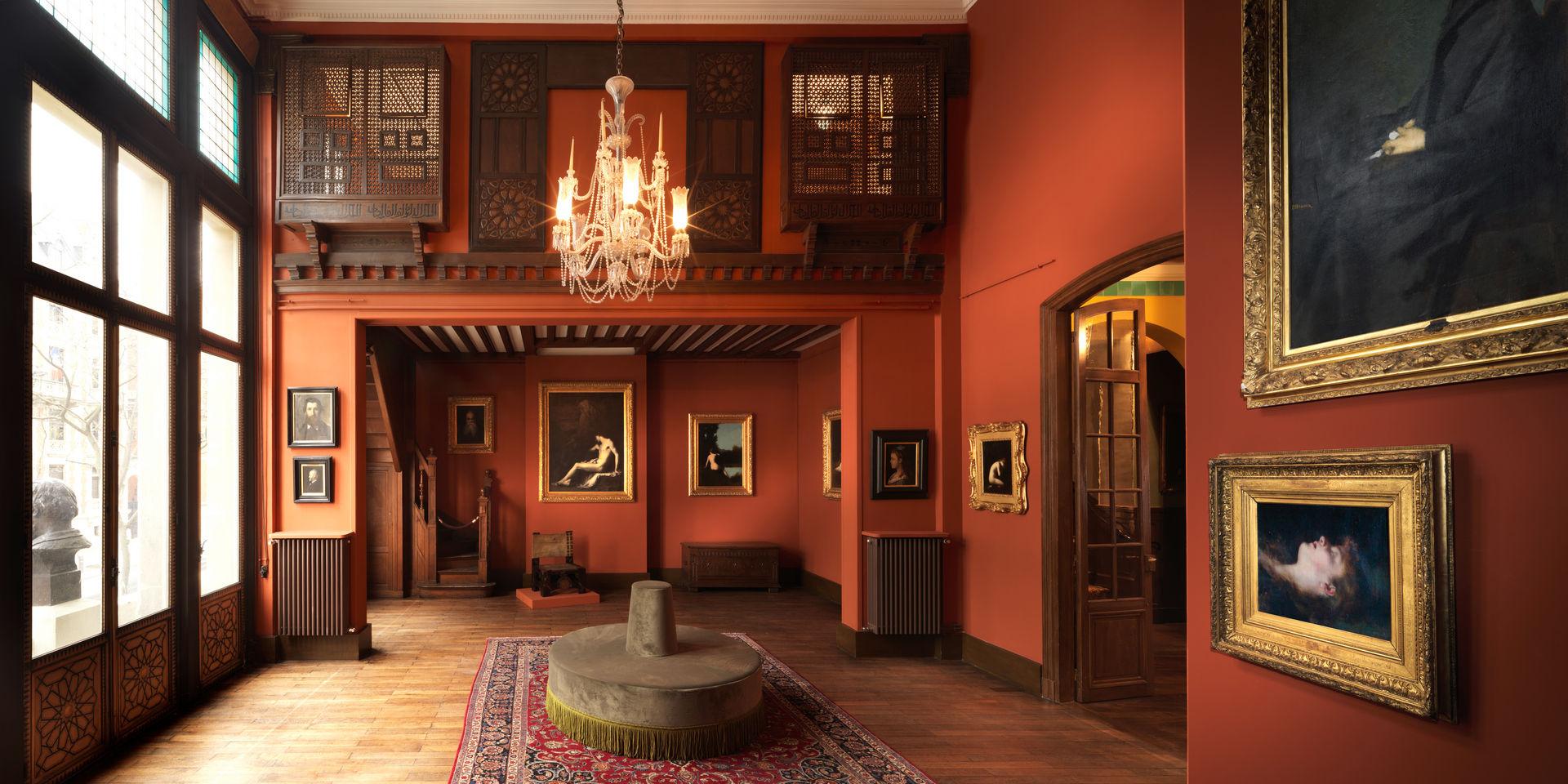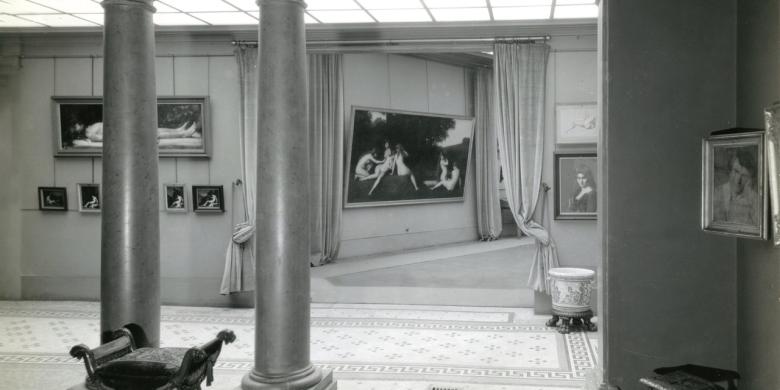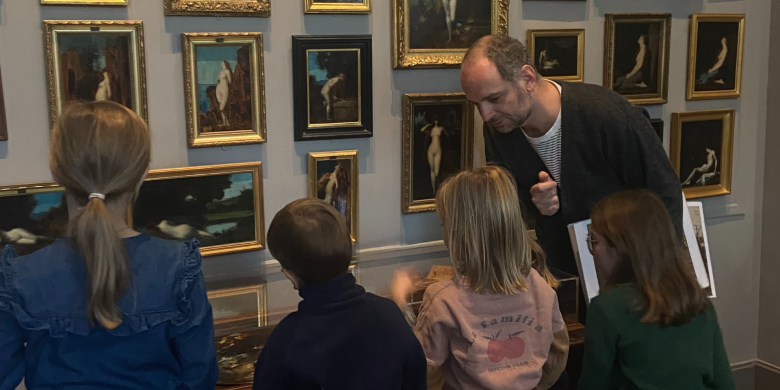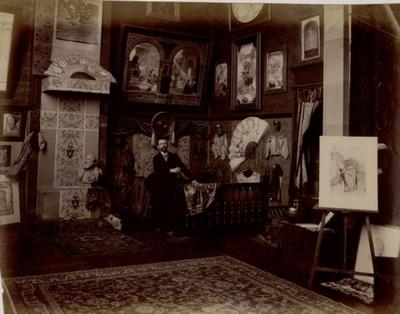
Guillaume Dubufe and his Mansion
Guillaume Dubufe was born into a family of artists. Both his father Edouard and his grandfather Claude-Marie were famous portrait painters. But Guillaume decided to break away from family tradition and go into the field of decoration on a large scale. He undertook several monumental works such as ceilings in the buffet at the Gare de Lyon, the Sorbonne library, the foyer of the Comédie Française and the Hall of Festivities at the Élysée Palace.
In 1878, Dubufe bought “a ground floor with two storeys in the attic” from the painter Roger Jourdain (1845-1918). The architect was Nicolas Félix Escalier (1843-1920). He had also designed the home of the actress Sarah Bernhardt in the nearby Rue Fortuny. When Dubufe moved into avenue de Villiers, he was at the height of his popularity: awarded a third medal at the 1877 Paris Salon, a second one in 1878 and a gold medal in 1889, he was made a knight of the Legion of Honour at the 1889 Universal Exhibition.
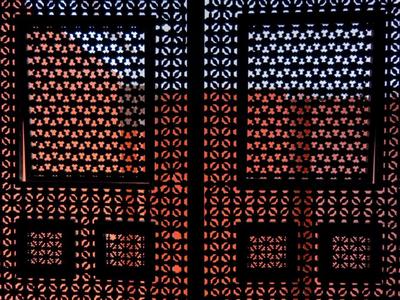
An Eclectic Decor
A place to entertain people as well as a studio and a home, the mansion gave Dubufe the opportunity to stage his work and his collections in a setting that highlighted both his taste and his gift as an interior designer. He himself decorated the house and had the garden transformed into a winter garden or conservatory.
The mixture of styles and references to various periods and civilisations (French Renaissance, Ottoman Empire, Andalusia, North Africa, China, etc) is typical of the eclectic taste of that time: the dining room on the ground floor had a “Chinese” style fireplace decorated with traditional blue and white Delft tiles which can still be seen in the room. Although it has long since disappeared, we know that this room was decorated with wood and mother-of-pearl panels, Chinese porcelain dishes with blue pattern, two consoles holding bronze storks, and yellow silk curtains.
In the lounge with a “neo-Renaissance” ceiling, was a couch covered in yellow silk and more than a dozen different seats, a Louis XIII armchair next to a bamboo deck chair. There were also Japanese porcelain vases. Paintings, drawings, porcelain and textiles were hung all over the house.
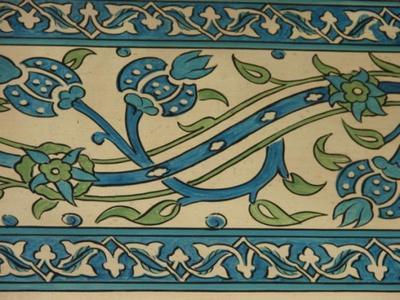
An Oriental Ambiance
In 1889 a studio was created on the third floor. The second floor was transformed into an oriental room decorated with appliqué carpets on the ceiling and Egyptian mashrabiyas from the collection of Albert Goupil.
An article in Grande Dame, a magazine dedicated to elegance and the arts, described Madame Dubufe’s bedroom in 1894: “When you walk into this room, the first impression is strange. It feels like you have entered an Arab mosque. In terms of line and colour, it is pure Orient. Three white arcades – like one finds in a Moorish house – and arches from which hanging little lamps made of enamelled glass – separates the rest of the room from a sort of retreat in which there is a very low bed, covered with a fabric one finds only in places such as Cairo, Constantinople or Damascus – and still in good places that are inaccessible to hordes of common travellers.”
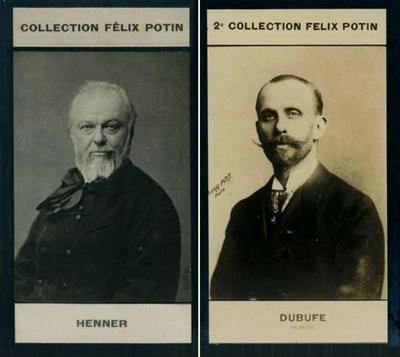
© musée Henner
Henner and Dubufe
Jean-Jacques Henner lived rue La Bruyère and his studio was 11 place Pigalle, where he lived from 1867. Dubufe lived in a grand style and held sophisticated parties at his home whereas Henner was a bachelor who rarely entertained. He did, however, go out a lot. His diaries show that he often went to friends or to restaurants with many different people such as the “Caldarrosti” (former pupils from Rome) or “L’Alsace at the table”. Henner was happy to welcome his friends and admirers in his studio. Both painters were not close friends but they knew each other and Henner was reportedly occasionally invited to dinner at the Dubufe’s 43 avenue de Villiers.

